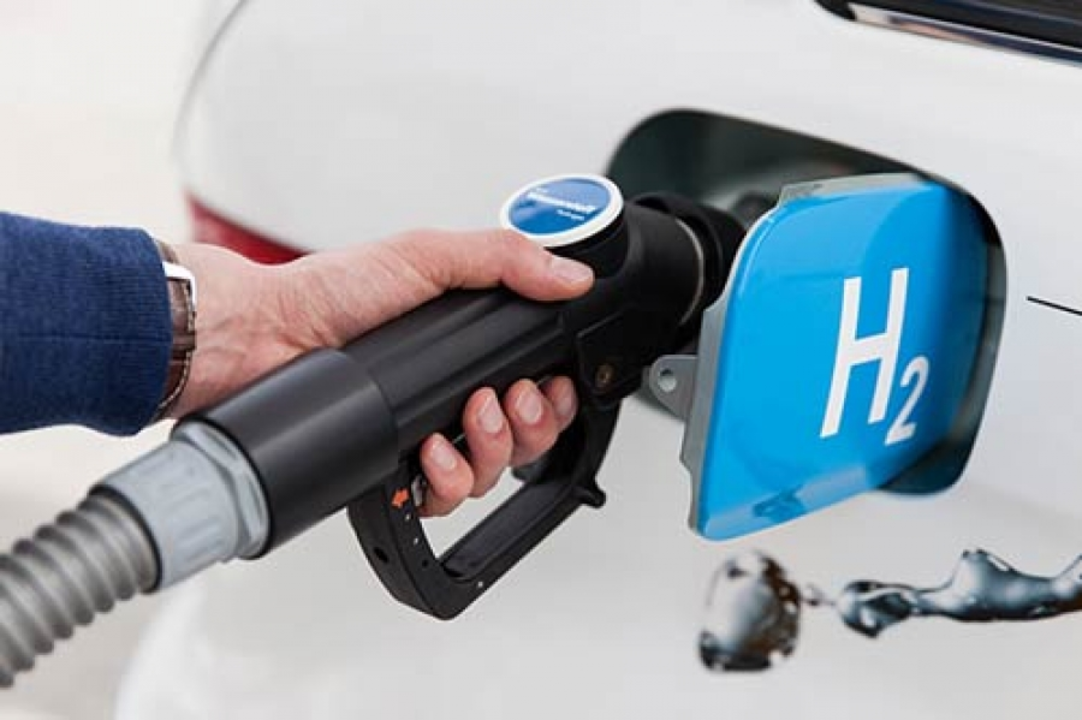As a racing enthusiast, I can't help but wonder what the future of auto racing will look like without gasoline. The shift towards electric vehicles is inevitable, and it'll surely impact how races are held and experienced. I envision an exciting era of innovative technology, with electric race cars that are incredibly fast and environmentally friendly. However, the nostalgic roar of engines will be missed, and the racing community will need to adapt to these changes. Overall, the future of auto racing may be different, but I believe it will continue to thrill and captivate fans worldwide.
Alternative Fuels Driving the Future of Motorsports
Fans love speed, but they also care about the planet. That’s why teams are testing fuels that burn cleaner or run on electricity. In this guide we’ll break down the main types of alternative fuels, why they matter for racing, and where the technology is headed.
What Counts as an Alternative Fuel?
In simple terms, an alternative fuel is anything that isn’t traditional gasoline or diesel. The most common options in racing today are bio‑ethanol, synthetic e‑fuel, hydrogen and pure electric power. Each one works a bit differently. Bio‑ethanol is made from crops like corn or sugarcane, so it can replace a portion of gasoline in the engine. Synthetic e‑fuel is created from captured CO₂ and renewable electricity, giving a drop‑in replacement that fits existing engines. Hydrogen runs in a fuel‑cell or a specialized combustion engine, and electric power comes from batteries that feed an electric motor.
Why Teams Are Switching
First, regulations are pushing for greener tech. Series such as Formula E and the upcoming Formula 1 "sustainable fuel" rule require lower emissions. Second, brands want to showcase their eco‑friendly image, so they fund research and put their logo on fast cars. Third, some alternative fuels actually improve performance. E‑fuel can deliver higher octane, letting engines extract more power without redesign. Batteries provide instant torque, which makes acceleration feel even sharper.
Cost is still a barrier, but the price is falling as production scales up. A typical bio‑ethanol blend costs only a few dollars more per litre than regular fuel, while electric power‑train components are getting cheaper each year. Teams that invest early often gain a technical edge that lasts beyond the first season.
Fans also notice the difference. When a race runs on e‑fuel, the smell of gasoline is milder, and the exhaust looks cleaner. Electric races are silent, which creates a new kind of excitement – you hear the crowd, not the engine. That contrast can draw new viewers who care about sustainability.
Looking ahead, the biggest change will likely come from synthetic fuels. They let existing engines keep running while cutting carbon footprints dramatically. Manufacturers are already testing 100% e‑fuel in prototype F1 cars, aiming for full rollout by the end of the decade.
Hydrogen and electric power will stay strong in series that start from scratch, like electric touring cars or hydrogen sprint races. Those formats avoid the weight penalty of batteries or the high‑pressure tanks needed for hydrogen, making it easier to design fast, safe cars.In short, alternative fuels are no longer a fringe idea. They’re becoming the standard way teams meet rules, please sponsors, and win races. Whether it’s a splash of bio‑ethanol, a synth‑fuel blend, a battery‑packed electric chassis, or a hydrogen cell, every new fuel brings a fresh set of challenges and opportunities. Keep an eye on the next season – the cars you love may be powered by something greener than ever before.
